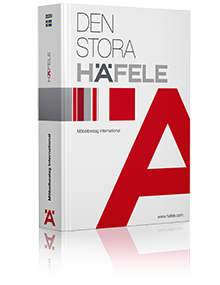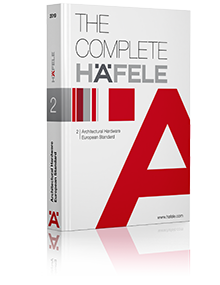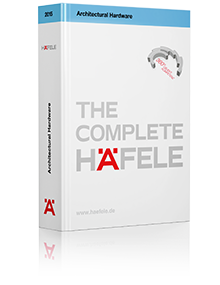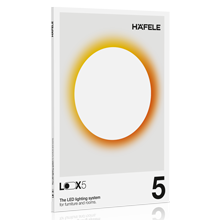Quality and environment management at Häfele
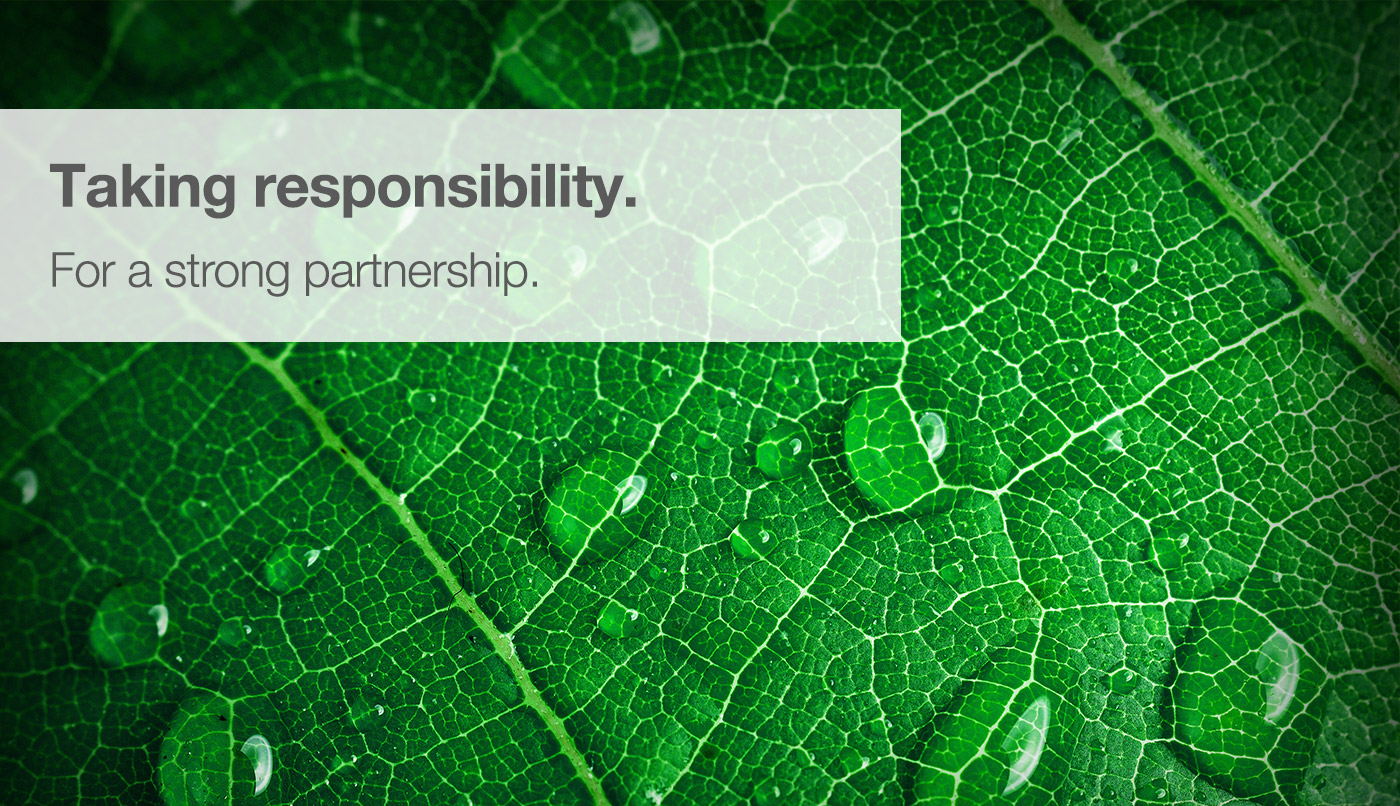
Quality and environment management at Häfele is an important and integral part of the company philosophy. The quality standards are continuously enhanced by means of continuous improvement.
As a family owned and operated company with global operations and roots in the northern Black Forest, Häfele places great importance on its social responsibility and sustainability. Quality and environment management is therefore an important and integral part of the company philosophy at Häfele. Learn about our certifications and optimized packaging solutions.
Certified in compliance with ISO 9001:2015, ISO 14001:2015 and ISO 28000:2007
You can satisfy yourself of the high quality standards at Häfele: DIN EN ISO 9001 certification was achieved as long ago as 1995. Certification in accordance with DIN EN ISO 14001 in 2000 is also proof of Häfele’s resource-protecting and environmentally aware behaviour. ISO 28000:2007 (de) certifies Häfele has a security management system for the supply chain.
- Certificate ISO 9001 : 2015 (de)
- Certificate ISO 9001 : 2015 (en)
- Certificate ISO 14001 : 2015 (de)
- Certificate ISO 14001 : 2015 (en)
- Certificate ISO 28000 : 2007 (de)
- Certificate ISO 28000 : 2007 (en)
Optimized packaging solutions
We've been considering the fundamental question of the materials we use for a long time. Intensive research and evaluation of various test results revealed that using plastic as a filler material in packaging is more environmentally friendly than using paper. At first glance, this may seem strange and counterintuitive.
This environmental balance is evident with the plastic bubble wrap used to secure the goods in the transport boxes and fill in empty space. The production of bubble wrap is less environmentally harmful than the production of stuffing paper. This is primarily because bubble wrap – as the name implies – consists mostly of air. The weight advantage of the plastic wrap also has positive effects, such as when it comes to procurement and disposal of the materials, but also logistics and shipping of the packaged items. Since mainly air is released when bubble wrap is disposed of, this saves a large quantity of packaging waste compared to packing paper.
Conclusion: When applicable disposal and recycling standards are complied with, plastic scores significantly better environmentally as a filler material than paper.
At Häfele, our principle is: The first step is to avoid whatever can be avoided. Only afterwards is the selection of the unavoidable packaging material made on the basis of a comprehensive environmental assessment. But we are still not satisfied. At Häfele, we are always looking for ways and opportunities to optimize the unavoidable packaging material even further, if possible.
For example, Häfele optimized the thickness of the bubble wrap that's often unavoidable as a filler material to protect goods in transit. Moreover, shipping boxes featuring greater height variations were introduced incrementally, which resulted in another sustainable improvement of the environmental balance (since the volume and weight of many packages could be reduced).

Quality and environment management at Häfele
Quality and environmental management is an important and integral part of Häfele’s corporate philosophy.
Compliance at Häfele
Our ethical standards serve as a guide to help us act responsibly in every situation.
Management policy at Häfele
Häfele pursues a consistent management policy aimed at high quality standards, customer focus, environmental protection and employee welfare.

